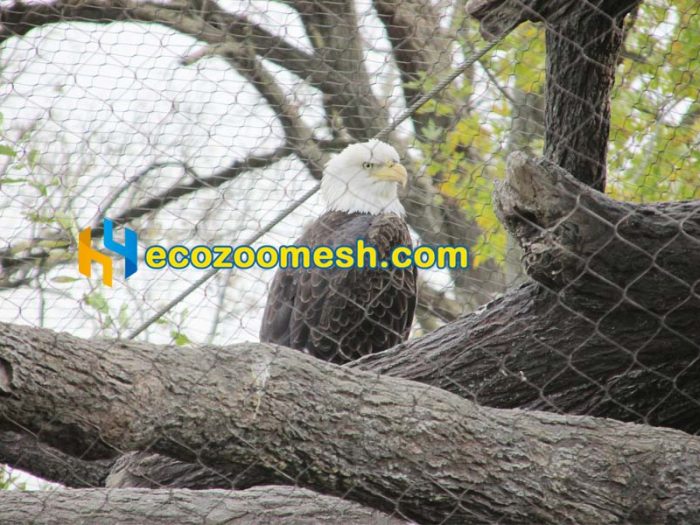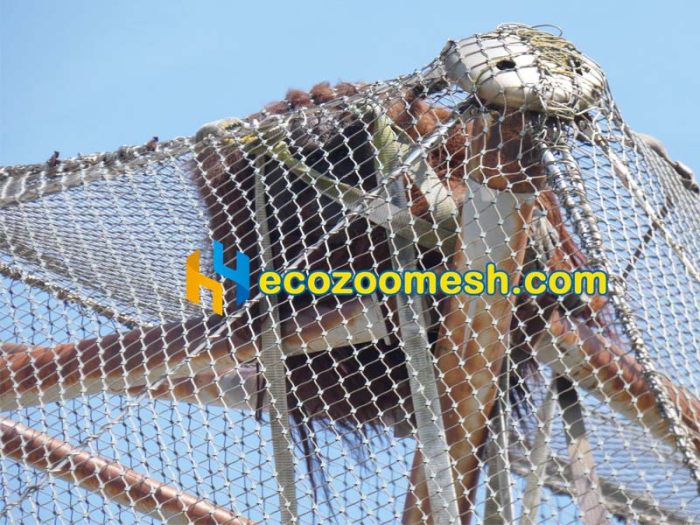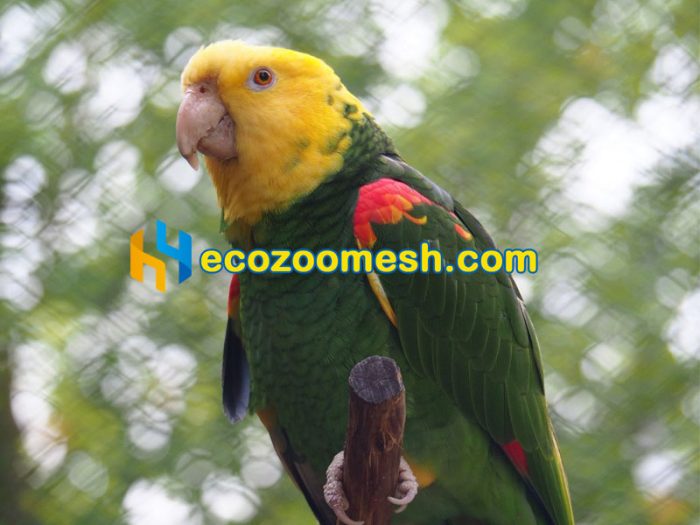1-Inch Mesh for Birds Aviary

Mixed Macaw Aviary Mesh Order – Eco Zoo Mesh Helps Protect Parrots In Central America
2025-02-13
Cage Wire Mesh Suppliers Order Shipping
2025-02-271-Inch Mesh for Birds Aviary
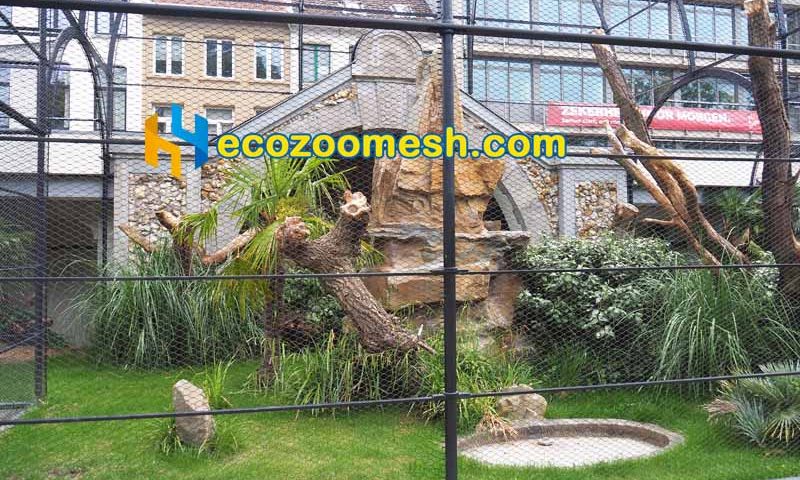
1-inch mesh for birds aviary made of stainless steel handwoven mesh is durable and flexible. This is the hotsale product of Hengyi Metal Ecological Mesh.
1-inch stainless steel mesh is a common mesh for zoo birds aviary. 1-inch mesh is typically used for aviaries housing small sized to medium-sized birds. It provides enough space for ventilation and movement while keeping them safe inside. Birds like parakeets, cockatiels, finches, doves, and even some species of canaries would do well with 1-inch mesh.
For larger birds like parrots or cockatoos, it’s best to use a larger mesh size to prevent escape or injury. The size of the mesh depends on the bird’s size and strength, so you want to make sure they can’t fit through or get stuck.
Hengyi Metal Ecological Mesh makes the 1-inch handwoven cable mesh. Please see more details below.
Product: Handwoven cable mesh
Material group: AISI 304 stainless steel
Color: natural steel color / black oxide finished
Mesh angle: 90°
Wire rope diameter: 3/64″ (1.2mm)
Mesh opening size: 1″ x 1″ (25.4mm x 25.4mm)
Mesh roll sizes: Standard – 20 meters long x 7 meters wide;
or customized
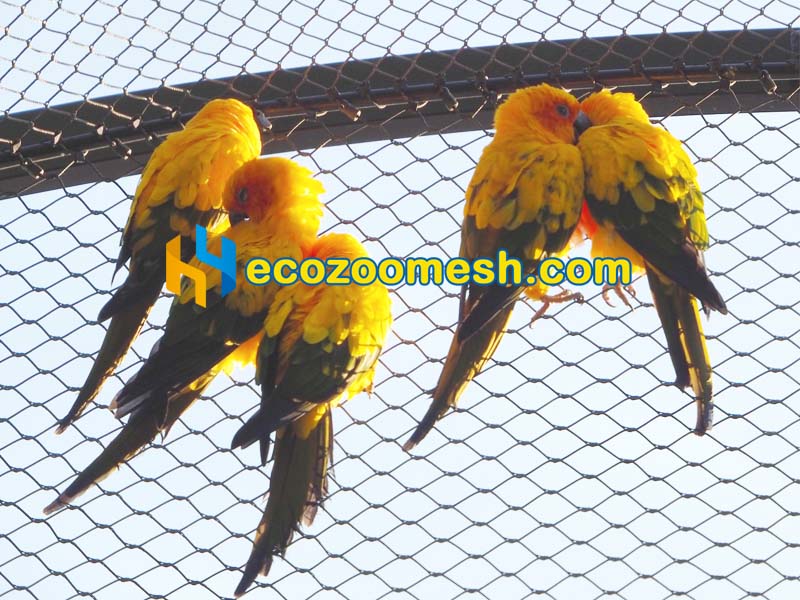
The extra large roll sizes makes the installation easy. You can build the walk-through aviary with these extra large panels. A walk-through enclsoure with 1-inch mesh for birds aviary is an amazing project. A walk-through aviary is a great way to create a more immersive experience for both the birds and the people.
Of course, you need to consider many things before creating the aviary. Here are some key things to consider when using 1-inch mesh for birds aviary to build a large walk-through aviary:
Aviary Design and Layout:
Size: Since it’s a walk-through aviary, the size will likely need to be quite large to allow both the birds and people to move around comfortably. Consider a layout that allows birds to fly freely in various directions—long, open spaces work well.
Multiple Levels: Build in different levels or platforms (like a “tree canopy” effect). This allows the birds to choose where they want to perch and helps create a more natural environment. It’s also cool for visitors to look up and see birds perched higher up!
Pathways: Design pathways for people to walk through, ensuring there’s enough space for people to comfortably move around without disturbing the birds. Keep the walkways wide enough for people to enjoy without crowding the birds.
Mesh and Enclosure:
Mesh Type: Since the aviary is large and people will be inside, the mesh needs to be strong but also not too obstructive. Consider using a stainless-steel mesh with a smaller size (½ inch to ¾ inch) for the walls and ceiling to prevent escapes. You’ll want to be sure the mesh is durable and resistant to weather if it’s outdoors.
Roof: A solid roof or a netted one can help prevent any birds from flying away, while still allowing them to enjoy the outdoors. Some people even use clear polycarbonate roofing for shelter from the elements while letting light through.
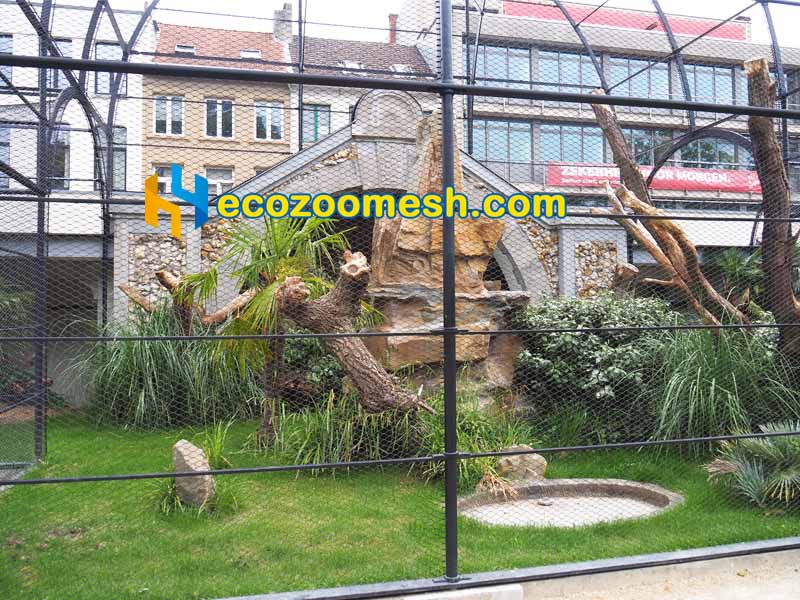
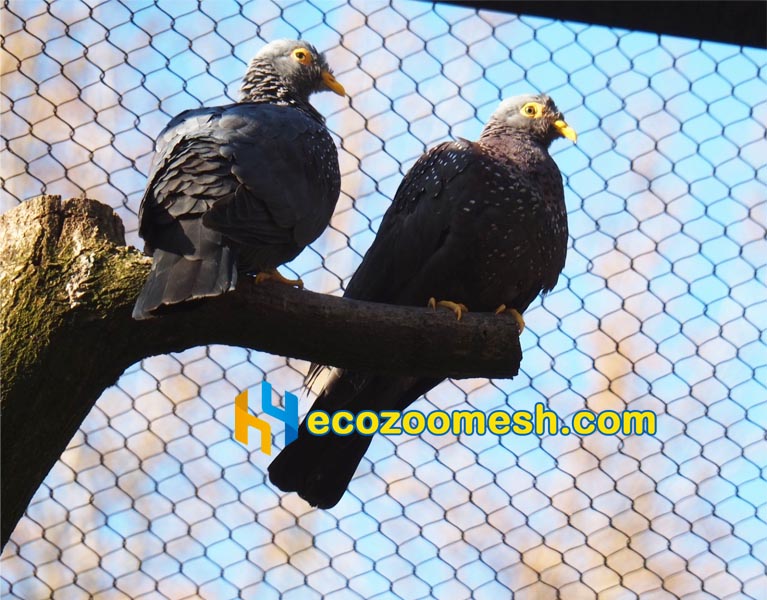
Safety and Security:
Double Doors: Consider using a double-door entry system (an airlock) to prevent any accidental escapes. One door must be closed before the other opens. This is especially important in a walk-through aviary.
Secure Edges: Make sure there are no gaps or weaknesses in the mesh where the birds could get caught or escape. Any frames or structural elements should be carefully checked for stability.
Environmental Enrichment:
Plant Life: Adding plants is great for both aesthetics and the birds’ well-being. Native plants, shrubs, and trees will create a more natural habitat, providing places for the birds to hide, nest, or forage. Be sure to use non-toxic plants, though!
Natural Features: Think about adding logs, rocks, or even small fountains or ponds. Birds love to bathe, and adding water features can be a big draw for both birds and visitors. If you’re including a pond, make sure it’s shallow enough to be safe for all birds.
1-inch mesh for birds aviary could be blended into the surroundings and make it unseen.
Bird Welfare and Comfort:
Temperature and Weather Considerations: If this aviary is outdoors, make sure it provides areas of shade and shelter. Birds need a place to escape from the heat or wind. If you’re in an area with cold winters, you may need to plan for some kind of winter-proofing or shelter, or maybe even an indoor area for certain times of the year.
Feeding Stations and Watering: Set up feeding stations that are easy for birds to access without overcrowding. You can place them in different spots to encourage movement. Birds in walk-through aviaries often prefer natural foraging opportunities, so offering hidden food items in toys, branches, or small containers can encourage this.
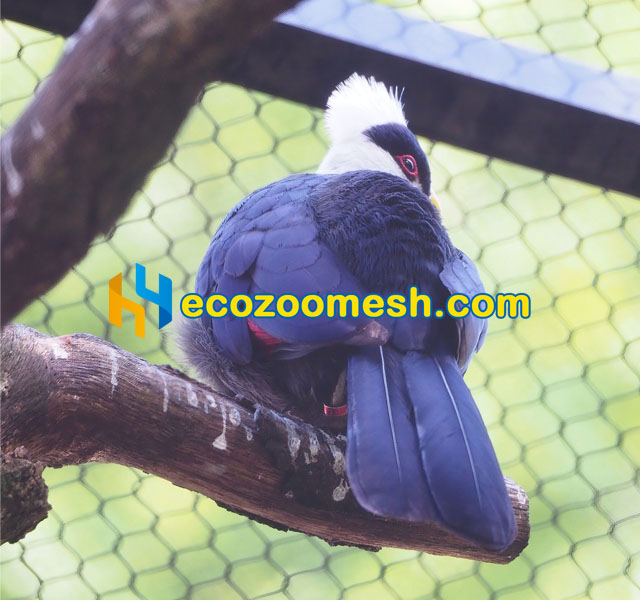
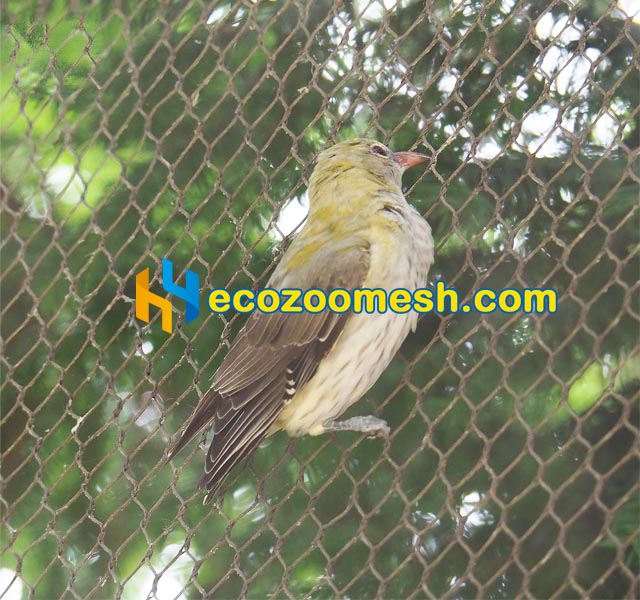
Visitor Experience:
Interactive Design: For the best visitor experience, think about giving them the chance to engage with the birds safely. For example, you could have small stations where visitors can feed seeds or offer treats to the birds. But be sure there are clear rules to protect the birds from overhandling.
Viewing Areas: If some birds prefer to stay out of reach or in higher areas, consider designing elevated viewing spots where visitors can look up and observe them closely. But 1-inch mesh for birds aviary is almost see-through, people can observe them unblocked.
Safety Signs: Have clear signage that explains the best ways to interact with the birds (and what not to do) so visitors are aware.
For medium-sized birds, you’ll want to focus on giving them a good mix of flight space and places to perch.
Though 1-inch mesh for birds aviary would be a great option, we have a bit more tailored advice for that:
Aviary Size:
A good rule of thumb is to provide at least 6–8 feet in length, 4–6 feet in height, and around 3 feet in width. More room is always better, as it allows them to fly around more freely.
If you can give them a bit of a “flight path” (a longer length where they can stretch their wings), that would be ideal for their exercise.
Mesh Size and Material – 1-inch mesh for birds aviary is great
The 1-inch mesh we’re considering is great! It should be strong enough for medium birds like cockatiels, parakeets, or lovebirds. Stainless steel mesh is a top choice because it’s durable and rust-resistant.
If you’re using a wire mesh, make sure the edges are smooth to prevent injury.
Perches and Climbing Opportunities:
Mix up the textures and thicknesses of the perches, and offer horizontal and vertical surfaces. You could go for a combination of wooden perches, rope perches, and natural branches.
Adding climbing ropes or ladders can give them extra exercise options. Medium birds really appreciate the variety.
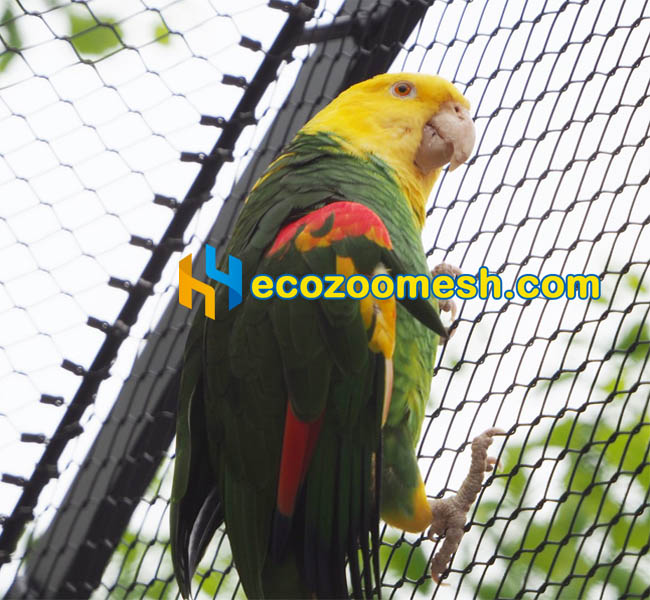
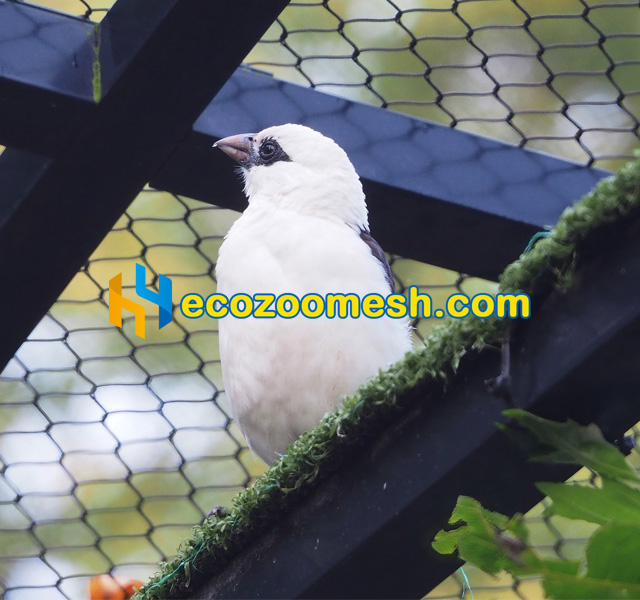
Toys and Mental Stimulation:
Medium-sized birds tend to be very active and intelligent, so providing a range of toys is crucial. Puzzle feeders, hanging toys, and mirrors can keep them entertained.
Foraging toys that require them to work for their food are excellent for keeping their minds sharp.
Food & Water:
Since you’ll be housing medium-sized birds, they typically eat a mix of seeds, pellets, fruits, and vegetables. You might also want to provide occasional treats like millet sprays or cuttlefish bones for extra nutrients and to help with beak maintenance.
Water dishes should be deep enough for them to bathe in if they want to, but not so deep that it’s difficult for them to drink.
The stainless steel 1-inch mesh for birds aviary is not afriad of wet environment. This is important.
Safety and Comfort:
Consider covering part of the aviary to provide shade, especially if it’s outdoors. Medium birds like the occasional sunbath, but they need to be able to retreat to a shady area if it gets too hot.
Avoid placing the aviary in places with too much noise or foot traffic to reduce stress.
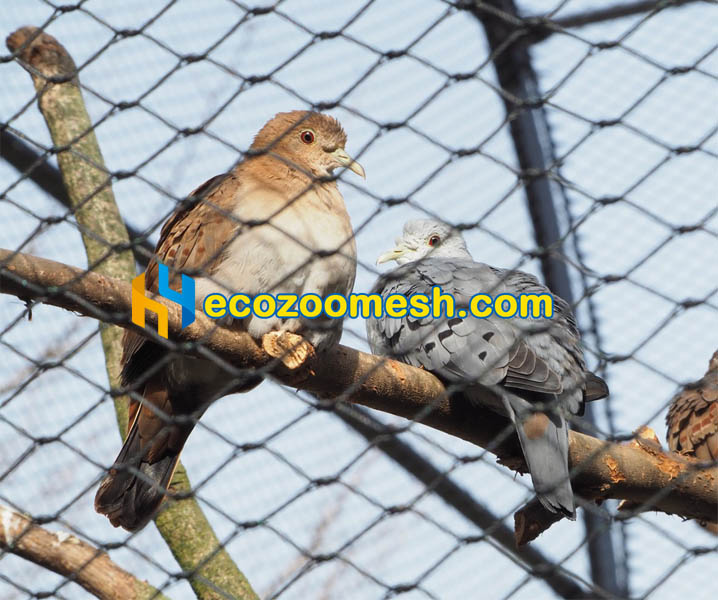
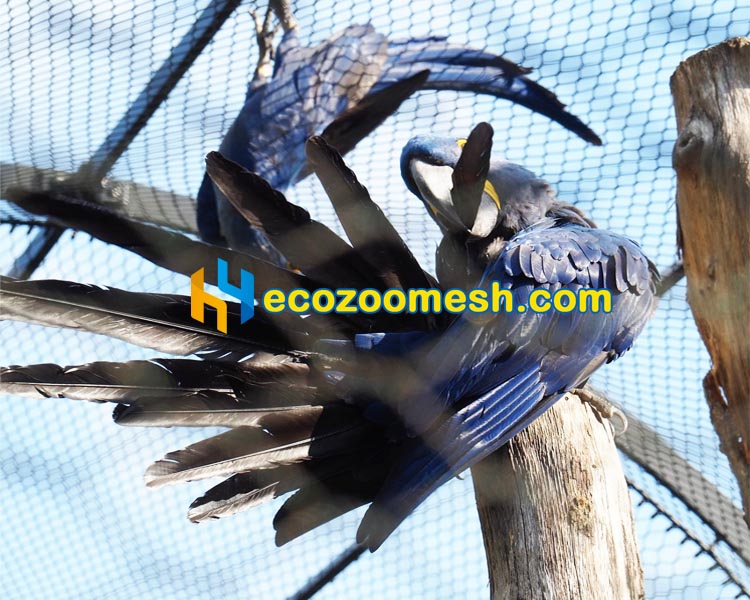
Considering those aspects, you can go ahead and properly plan a large paradise for your avian friends.
Purchasing the 1-inch mesh for birds aviary, just contact us.
Hengyi Metal Ecological Mesh
Emails: [email protected] / [email protected]



